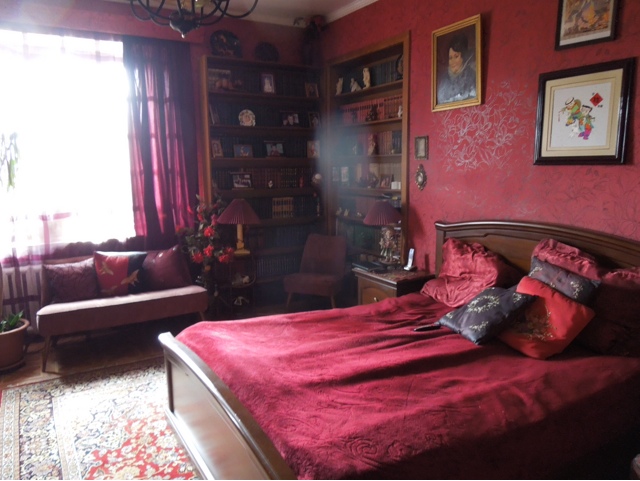The de facto capital of Eastern Siberia, pleasantly historic Irkutsk, was once known as the "Paris of Siberia" . The architectural style is a rich mixture of neoclassicism with the original wooden houses typical of old Siberia. It currently has a population of 600,000.
With the discovery of gold in the area the city became a "boom town" and became the administrative capital of Siberia. A great fire in 1879 destroyed 75% of all houses, by the end of the 19th century, the city had been restored. Great personal fortunes were amassed by those who participated in the gold rush. Lavish houses, French tutors for their children,clothes from the Paris fashion houses, and French champagne, in which (rumour has it) they bathed their horses, seem prevalent for a short period of time.
Adorning the Angara embankment a recast statue of Alexander III on the Angara River Embankment - has the only Tsar to visit Siberia looking as though he's holding an invisible balloon on a string.
The 1758 baroque Raising of the Cross Church has a fine interior of gilt edged icons and examples of intricate brickwork in a rounded style that 's unique to Irkutsk.
Constructed in 1706 this is the oldest stone-built church in Eastern Siberia, and has remnants of the original murals on its facade.
1880's red brick building that formerly housed the Siberia Geographical Society.
Built by a wealthy merchant Sibiryakov in 1884 . Called the "White House".
DACHA (Country cottage,Summer home)
We were very fortunate to be able to visit a private house for lunch. It is called a dacha where the family grows their own fruits and vegetables.They are retired - engineer and school teacher who live all year in the dacha.
During the Soviet Era people who lived in the city had small wooden houses in the country where they cultivated their own gardens. Very likely the houses had no heat, and could only be used in the summer time.
They were members of Russia's first revolutinary movement consisting of mainly army officers. It failed in its attempt to overthrow the government of Nicholas I on December 26,1825.The Decemberists pledged the support of the St Petersburg army to Constantine, unaware that he had renounce his rights to his younger brother Nicholas. The five leaders of the rebellion were hanged and many others were exiled to Siberia.They settled in Irkutsk.
The most notable of all of the exiled Decemberist was Count Sergei Volkonsky, whose wife Maria cuts the main figure in Sutherland's "The Princess of Siberia". They owned a small mansion set in a scruffy courtyard with stables, a barn and servant quarters. The house where Maria grew her own vegetables indoors, and the library where she hosted concerts after dinner when she entertained guests.
After we attended a Russian cooking class. We fixed dumplings a-la Siberian. 

..The family had lived in the apartment since 1947.





































 Omul - fish found in Lake Baikel
Omul - fish found in Lake Baikel













No comments:
Post a Comment